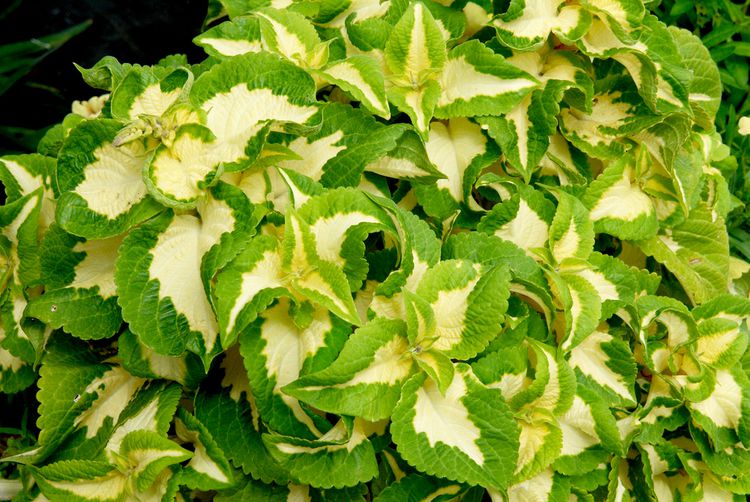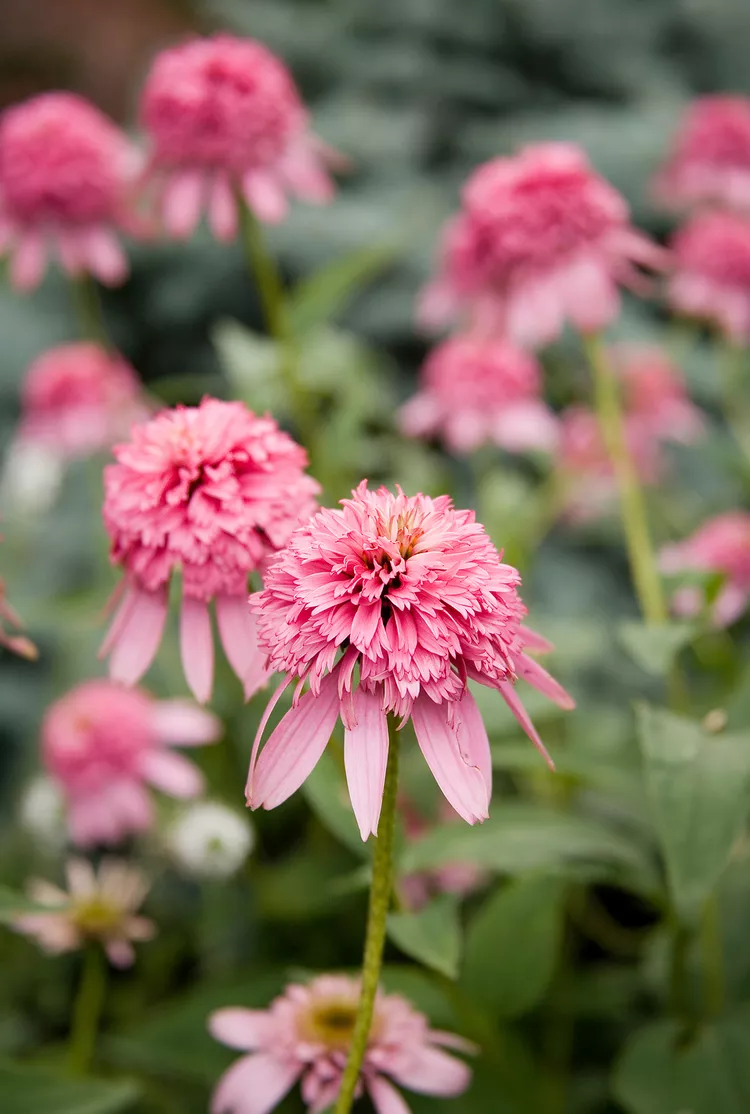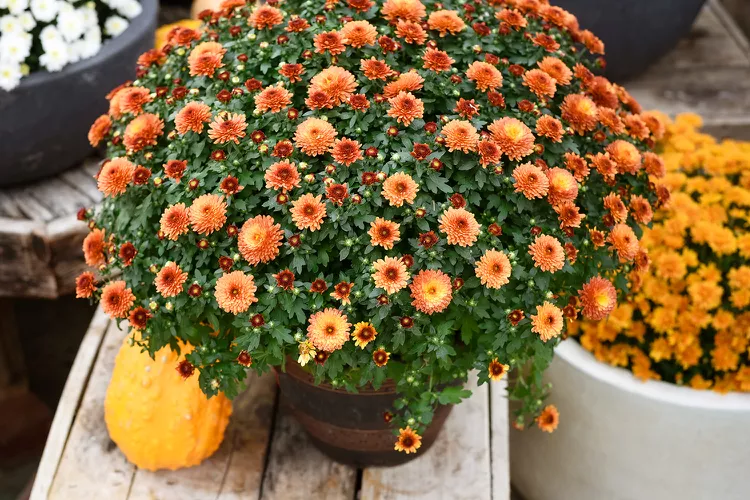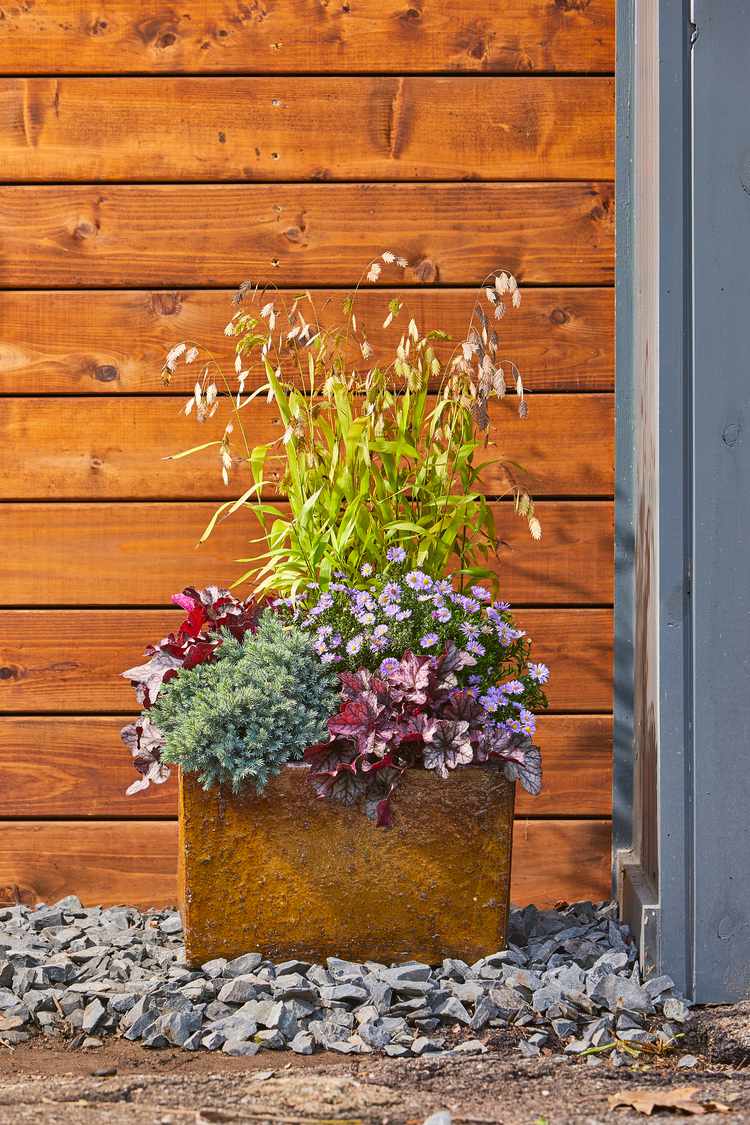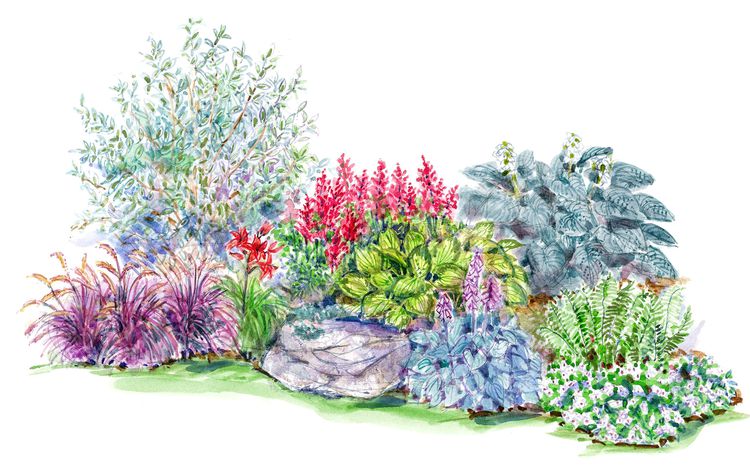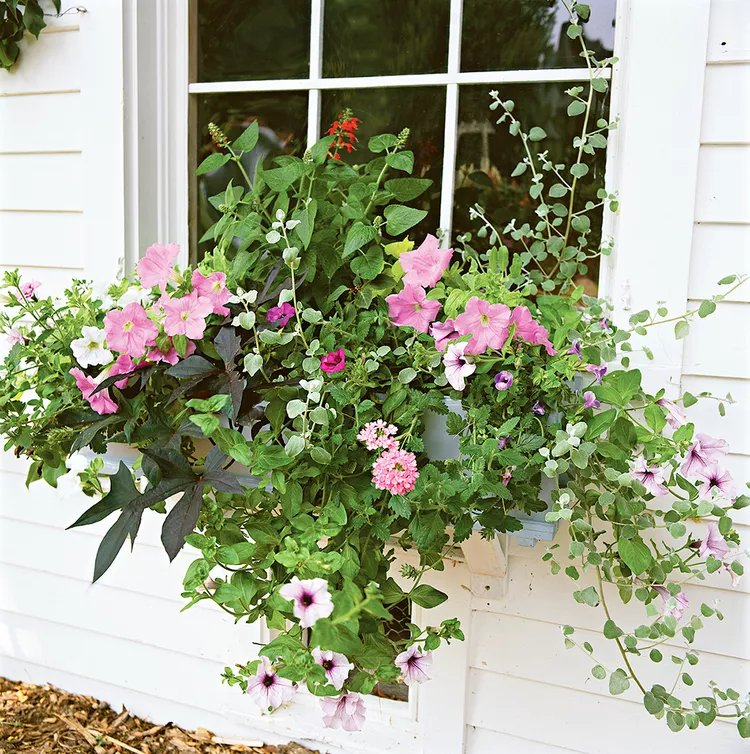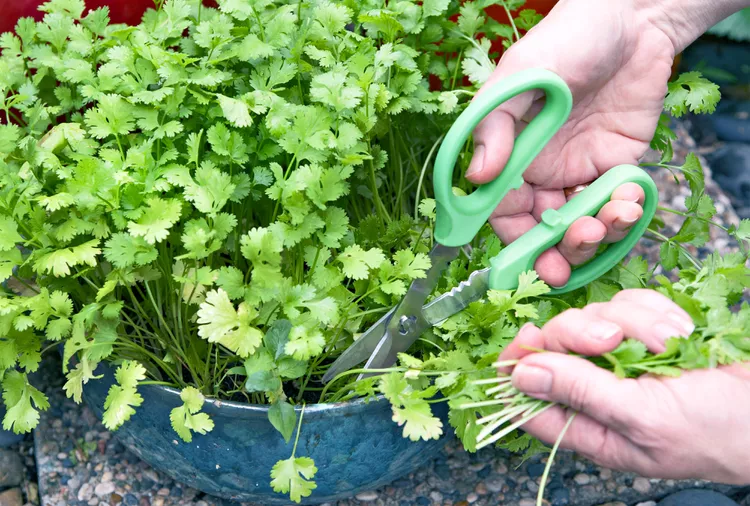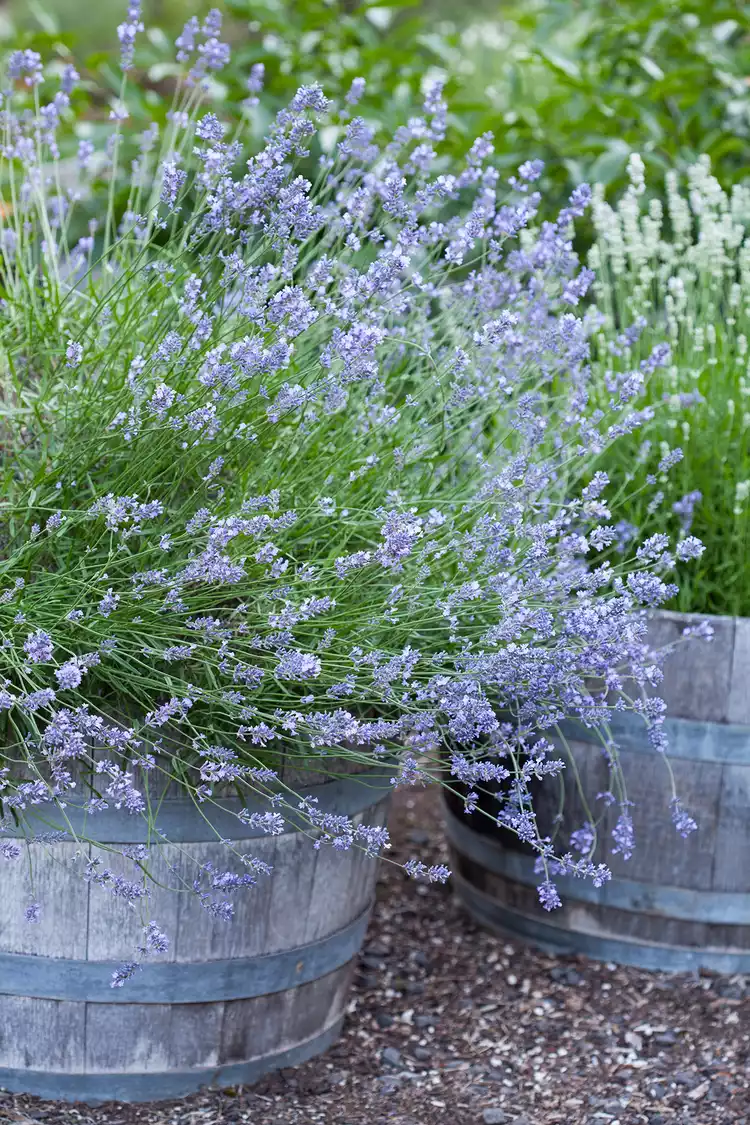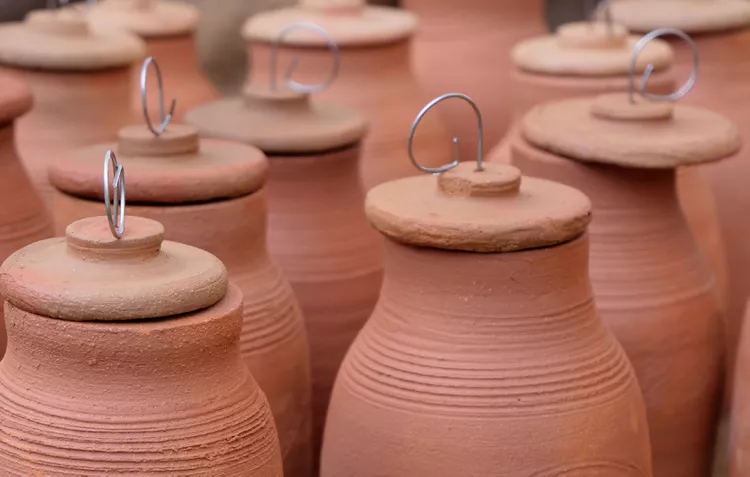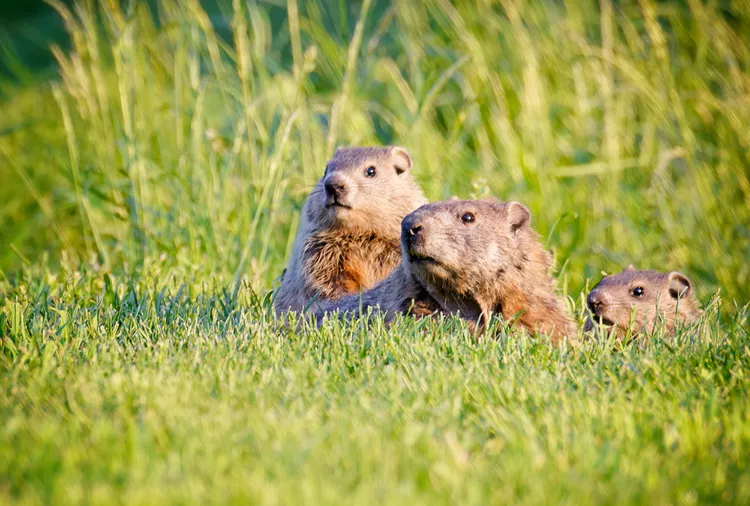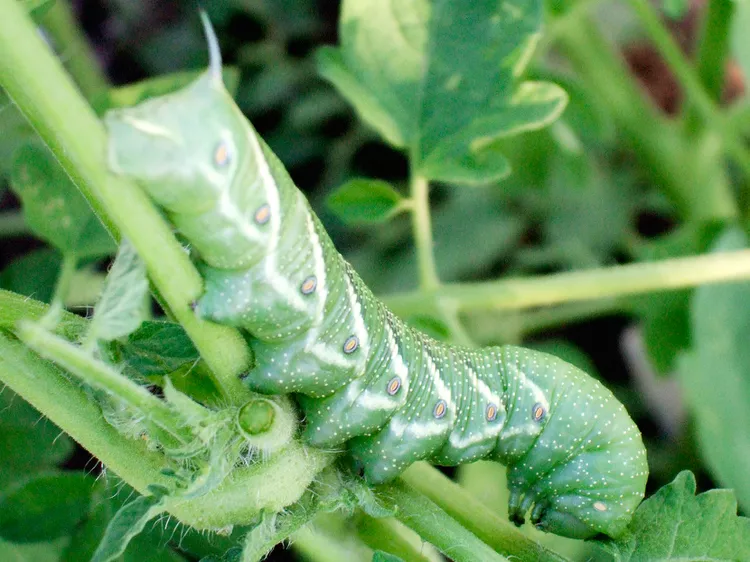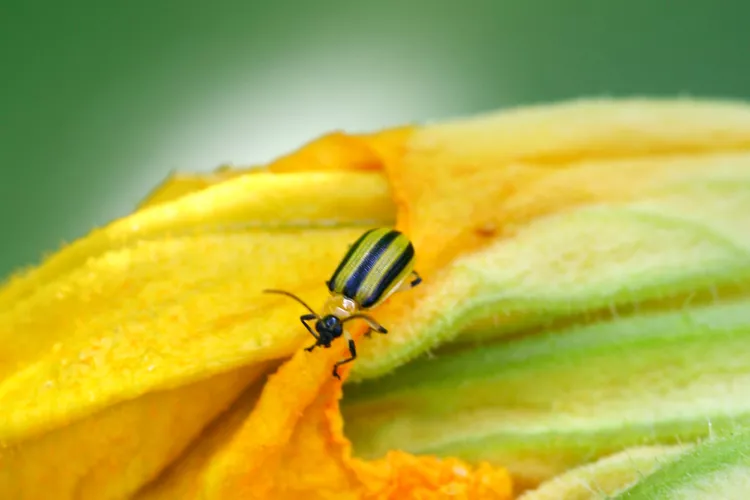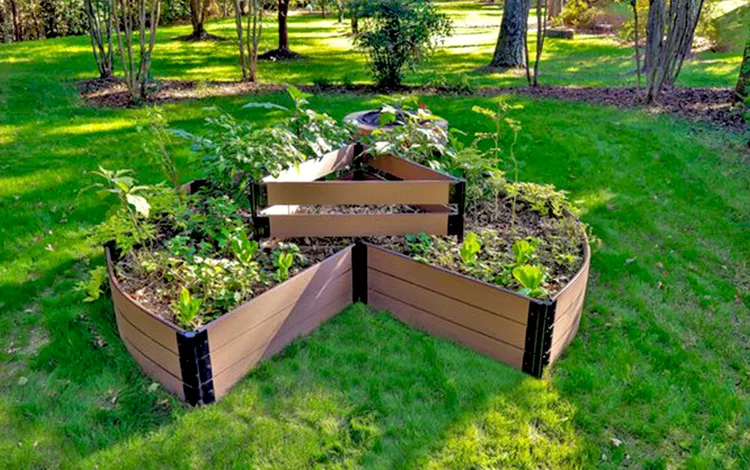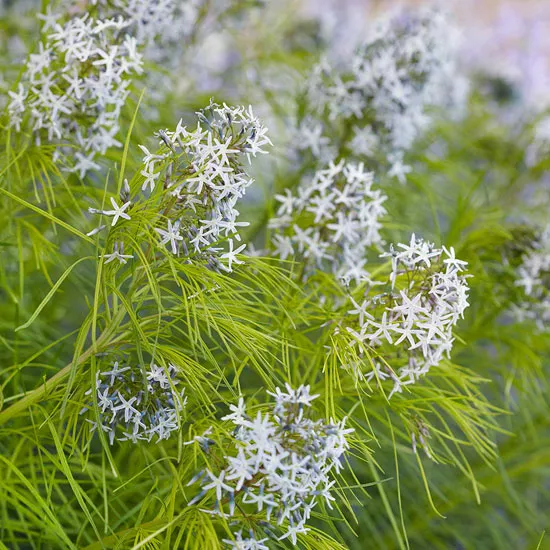Few foliage plants can show off like coleus, which offers intricate and stunning color patterns on its shapely leaves. While coleus are often grown in containers, they grow equally well, and usually larger, in a garden bed.
Coleus is an herbaceous perennial in its native range, but most people grow it as an annual. In the past several years, coleus breeders have developed new varieties that are well-suited for growing in full sun, partial shade, or full shade. With all the available colors, sizes, and leaf shapes, coleus has become a versatile choice for creating color and contrast in container gardens and flowerbeds alike.
Coleus Overview
| Genus Name | Coleus (formerly Solenostemon) |
| Common Name | Coleus |
| Additional Common Names | Flame nettle, Hullwort, Spurflower, Flybush |
| Plant Type | Annual, Houseplant |
| Light | Part Sun, Shade, Sun |
| Height | 8 to 40 inches |
| Width | 6 to 30 inches |
| Foliage Color | Blue/Green, Chartreuse/Gold, Purple/Burgundy |
| Special Features | Good for Containers, Low Maintenance |
| Zones | 10, 11, 9 |
| Propagation | Seed, Stem Cuttings |
Where to Plant Coleus
Suitable locations for coleus depend on whether you’ve purchased a shade-loving variety or one bred to be sun-loving. Choose a sun or shade location according to the plant tag or online information, and look for an area free of heavy winds and with good drainage.
Try coleus as beautiful edging plants for garden beds, group them in mass plantings, and create gorgeous multi-colored foliage pots on the deck with them. Larger varieties with multi-colored foliage are excellent for the thriller role in patio planters.
How and When to Plant Coleus
Coleus are not tolerant of frost at all. They prefer warm temperatures and won’t grow until the weather is mild. Wait until a couple of weeks after your last frost date, when the nights start warming up consistently, to plant coleus outdoors.
Plant coleus in containers by filling the pot with a good-quality potting mix. Remove the coleus and set it in the pot, filling around the root ball with the potting medium. Plant it at the same depth as it was in the original pot. Loosen any pot-bound or girdling roots, gently firm the soil around the plant to remove any air pockets, and then water it thoroughly.
Prepare garden beds before planting by loosening the soil with a garden fork and working in a layer of compost or well-aged manure. The organic matter in these amendments assists in improving the soil structure and drainage and provides nutrients for the plant. Dig holes as deep and twice as wide as the rootball and set the plant in the hole. Then, refill and lightly tamp the soil. Spreading mulch around the coleus helps with soil moisture and keeps the weeds down.
Coleus Care Tips
Coleus plants are easy to establish and don’t need fussy care or much more attention than watering.
Light
Coleus used to be primarily for shade. While these plants still do well in the shade, breeders have been working hard to select coleus varieties that thrive in both sun and shade, even in intense Florida sunshine. Not all varieties are suitable for full sun, but many new ones are. Check the nursery tag and choose a planting location accordingly.
Soil and Water
Coleus likes moist, fertile soil and does best in loamy conditions with an ample layer of compost or well-aged manure worked into the soil. The texture of the soil should be loose and freely draining.
Water coleus about an inch per week, using your finger to test the soil moisture. Hot sunny days can cause the plants to wilt a bit, but if there is ample soil moisture, the leaves will soon recover. Like all container plants, coleus in outdoor pots needs watering more frequently, perhaps daily, in hot, dry weather.
Temperature and Humidity
Coleus is cold-sensitive and does not tolerate any freezing temperatures. Wait to set these plants out until all freezes are over, and bring them in before the first frost in autumn if you want to overwinter them.
Coleuses are humidity-loving plants. When they grow indoors, they prefer 50 to 70 percent humidity, while 40 to 50 percent humidity is sufficient outdoors.
Fertilizer
For container-grown coleus, apply a liquid fertilizer every two weeks when watering to keep the plant growing new leaves and vibrant colors. Coleus in garden beds can be fertilized, but compost or aged manure worked in at the time of planting is usually sufficient for a season of growth.
Pruning
Pinching the growing tips is the only pruning a coleus needs. Removing a growing tip forces the plant to branch out. Repeated pinching can yield a bushier, more foliage-covered plant.
While coleus eventually flowers, the blooms of older varieties often look scraggly and can cause the plant to stop putting on more foliage. Deadhead the flower and snip off the stalk as soon as you notice it.
Potting and Repotting
Coleus will not survive the winter outdoors in most of the U.S., but can continue to live if brought indoors. Those already in containers can simply be moved indoors, pot and all, but coleus in a garden bed can be lifted and potted before frost arrives.
Store the repotted coleus in a cool, frost-free location and keep them fairly dry, but not bone-dry. In spring, harden them off and let them wake up, increasing the water and the amount of sun they have until it’s time to plant them outdoors again. Alternatively, take cuttings from the mother plant six to eight weeks before planting.
How to Propagate Coleus
Seed: Coleus can be grown from seed but is a slow grower. Start it about eight to ten weeks before your last frost date. Sprinkle the seeds on top of the growing medium and lightly press them into the soil to ensure good contact. Don’t cover them up. Provide humidity and bright light.
Cuttings: Coleus stem cuttings are easy to root in a glass of water, and you get to watch the roots form, often as quickly as in a week or two.
- Take a 3- to 4-inch long cutting with a growing tip.
- Remove the lower leaves that would be in the water.
- Place the stem in the water, being careful not to let it slip too far and get lost in the jar or glass.
- Change the water every three or four days or if it gets cloudy.
- After robust roots have formed, move the new plant to a container of growing medium to continue growing.
If your municipality treats your water with chemicals, let the water sit out on the counter for a day to allow the volatile chemicals to dissipate.
Types of Coleus
‘Solar Fire’
Coleus ‘Solar Fire’ is a two-tone lime and burgundy coleus that scored a perfect 5/5 recently in the Penn State Flower Trials. It’s ideal for sun or shade. It grows to 24 inches tall and 32 inches wide.
‘Beale Street’
Coleus ‘Beale Street’ is the first coleus to be named an AAS winner. It’s a bushy, large, deep red plant that grows equally well in sun or shade, so it is perfect for any area of the garden. This beautiful plant grows to 36 inches tall and wide.
‘All That Jazz’
Coleus ‘All That Jazz’ is a recent addition to the coleus options. It sports deeply toothed, narrow leaves with green margins, burgundy strips, and red centers. It doesn’t look like a typical coleus, which is intriguing, and grows only 12 inches tall.
‘Lime Time’
Coleus ‘Lime Time’ is bright green, almost chartreuse. In the right conditions, it can grow 3 feet tall and is perfect for creating color contrast with other plants. It’s also a stunner in a large planter on the deck. On top of all that, it is deer-resistant.
Coleus Companion Plants
Coleus are often planted alongside other shady garden favorites. However, newer varieties can be used in shady or sunny beds according to their color palette, making a beautiful mass planting or accent. They’re versatile and low-maintenance as long as they’re planted with other plants that enjoy good drainage and adequate soil moisture.
Hosta
You can’t go wrong with hostas in shady areas, whether they are adorable miniature varieties or mammoth plants that fill the space under a shade tree. They act as a dynamic filler in shade gardens, and some hostas also have showy, fragrant flowers, adding to their appeal to people and pollinators, like bumblebees.
Fuchsia
Fuchsias are often thought of as shade plants, but they need plenty of light to bloom, so the best location is where they receive direct morning sun or all-day filtered light. Their blooms are spectacular and will appear all summer if you pinch back the tips of the stems regularly.
Astilbe
Astilbe is a fern-like, bronze-and-green foliage plant with feathery plumed blossoms. In spring, new foliage often emerges bright green with blushes of bronze. Some varieties hold that color year-round and others offer deep chocolate/burgundy foliage. These finely textured mounds of foliage stay compact with no training needed. Come summer, they’re topped with fantastic feathery spikes of tiny flowers in shades of pink, red, purple, and white.
